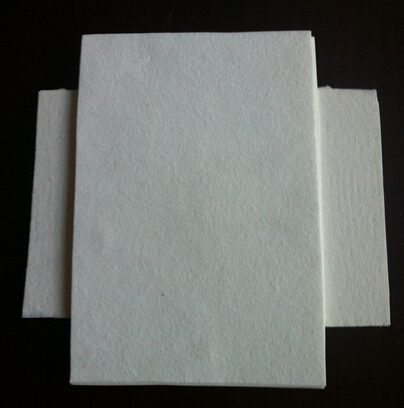According to the different molding methods, ceramic fiber module can be divided into the following kinds: Ceramic fiber modules include folding, slicing, block, vacuum forming blocks. Due to the different methods of making polycrystalline fiber and the different crystallographic structure, it has a short fiber length and poor softness, making it impossible to shape into big modules, and preventing polycrystalline fiber from large-scale application. Now polycrystalline fiber is more often used in castable, brick wall or roof surface. Polycrystalline fiber can not only lower the temperature of outer furnace wall, but also reduce the heat loss of furnace wall at the same time.
Current domestic production of ceramic fiber manufacturer for ceramic fiber is mostly folded module block and ceramic fiber module. The structure is folded with double needle carpet. When forming the shape, you should use mechanical equipment to preload of modules, and with the help of packaged banding, removing the elastic extrusion of packing tape when installing it to make heat sealing better. Ceramic fiber module is upgrade folding which embedded with high temperature resistant metal anchorage, with small size. Ceramic fiber module and ceramic fiber folded piece have their own advantages. Adopt suitable product according to application requirement of the refractory insulating products.
Section block is modified on the basis of it, and its producing method is the same as the folding, just cutting fiber blanket fold after molding to make module surface flat and level. Slice piece cost slightly higher, only part of the manufacturers producing it. Block is a new kind of module whose molding method is different from the above two modules. After forming, the module fiber is without direction. Furnace top fiber module should choose density of 230 kg/m3, and sidewall fiber module should choose density of 220 kg/m3.
